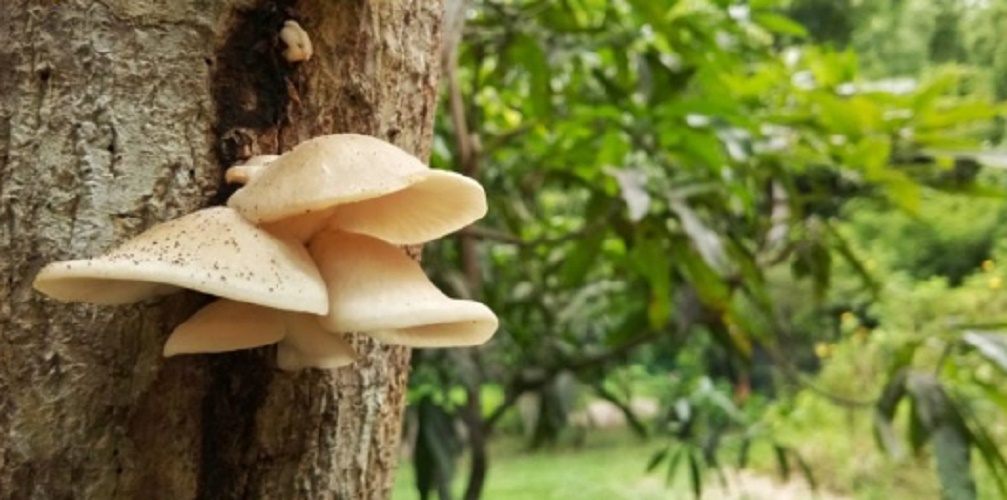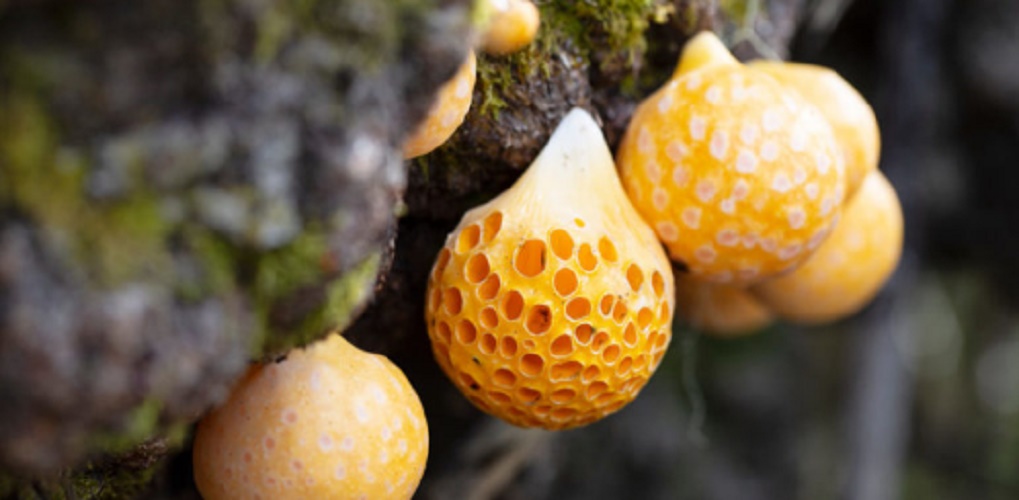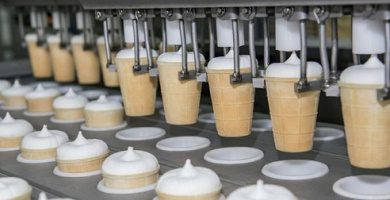What is the fungi kingdom?
We explain what the fungi kingdom is, what its characteristics and classification are. Also, how is your nutrition, reproduction and examples.
-
What is the fungi kingdom?
The fungi kingdom is one of the groups in which biology classifies known life forms. It is made up of more than 144,000 different species of fungi, including yeasts, molds and mushrooms, and that share fundamental characteristics such as immobility, heterotrophic feeding and certain cellular structures.
Fungi exist throughout the world and in different habitats , appearing in different forms and presentations: the traditional idea we have of them is the mushroom, with an elongated cap and white body, but that is just one of the many known species Within the fungi kingdom.
Of all the fungi that inhabit our planet, only 5% have been studied and classified , and it is estimated that there are about 1.5 million species still unknown. This is partly due to the fact that formerly mushrooms were classified as a type of plant, until in the 19th century they began to be distinguished as a separate biological kingdom.
The science that specializes in the members of the fungi kingdom is called mycology.
-
Fungi Kingdom Characteristics

The members of the fungi kingdom share the following fundamental characteristics:
- They lack their own mobility. Fungi grow on the ground , on surfaces, or on trunks or decomposing organic matter, depending on their preferences, but just like plants, they remain their entire lives in the same place, unable to move at will.
- They have a cell wall. Fungal cells are eukaryotic , that is, with a defined cell nucleus , and have a rigid cell wall, similar to that of plant cells , but instead of being composed of cellulose, in fungi it is composed of chitin, the same substance that gives insects the hardness of their exoskeletons. In addition, they are elongated cells and can contain several nuclei, have vacuoles but not chloroplasts, because they do not make photosynthesis .
- They grow like hyphae. The growth of fungi occurs as hyphae, cylindrical and uniform structures that can range from a few micrometers to several centimeters in length, being able to overlap in a branching or branching process.
-
Classification of the fungi kingdom
The classification of fungi has been reworked throughout the history of biology, as better recognition techniques are developed and fungi are distinguished from other protist and chromistic life forms that resemble them. The current classification of the kingdom is as follows:
- Basidiomycete fungi ( Basidiomycota ). Those who develop mushrooms (basidicarpos), from which the fungal reproductive spores are born.
- Ascomycete fungi (Ascomycota). Those who instead of mushrooms have ascas, spore-producing sex cells.
- Glomeromycete fungi (Glomeromycota). Mycorrhizae, that is, symbiotic junctions between a fungus and the roots of a plant, in which the former grants nutrients and water , and the second carbohydrates and vitamins that it cannot synthesize.
- Zygomycete fungi (Zygomycota). Molds that form zigosporas, that is, spores capable of withstanding adverse conditions for a long time until they can finally germinate.
- Chytridiomycete fungi (Chytridiomycota). Those microscopic and primitive fungi, usually aquatic, that reproduce by flagellated spores (zoospores).
-
Nutrition

The nutrition of fungi is always heterotrophic, that is, they cannot generate their own food like plants , but must decompose organic matter from other forms of plant or animal life. Depending on how they do it, we can talk about:
- Saprophytic fungi. They feed on the decomposition of waste organic matter, whether specific or not, that is, of a certain exclusive type of organic matter or of any in general.
- Mycorrhinogens They are nourished by a symbiotic relationship with the plants, colonizing their roots and exchanging with them different mineral nutrients and water, generated by the fungus, in exchange for carbohydrates and vitamins that the fungus is unable to synthesize on its own. This is known as mycorrhiza .
- Lichenized They are nourished through symbiotic relationships resulting from the union of the fungus and an algae or cyanobacterium, establishing a relationship so close that they can be considered the same individual. They are similar to mycorrhiza.
- Parasites They nourish directly from the body of other living beings , either established on their surface or colonizing inside their body, causing them various damages that can be minor or even lethal.
-
Reproduction of the fungi kingdom
Fungi reproduce in a sexual and asexual way , always through the production of spores. These are equivalent to tree seeds: environmentally resistant forms that, when the optimal conditions finally occur, germinate and create a new specimen of the fungus. The growth of hyphae once the spores have germinated can be very fast, and in some cases they can be seen with the naked eye (a tropical fungus grows about 5mm per minute).
The spores are formed as the last part of asexual ( mitosis ) or sexual ( meiosis ) reproduction processes , depending on whether the fungus requires spreading rapidly, for which asexual replication is preferable, or if it requires genetic variation, for which it will require the exchange of genetic material with other individuals of the same species.
-
Importance

Fungi carry out an important ecological role in their various niches of appearance, helping to decompose and recycle organic matter , such as dead animals or plants, bowel movements, dried and fallen leaves, felled tree trunks, etc., together with the bacteria and certain insect species.
On the other hand, many species of fungi are useful to humans , either as edible species, such as mushrooms, or as decorative species in gardening. It should also be noted the importance of yeasts in the processes of brewing, bread and other products , in which they play a vital role in the biochemical transformation of substances.
-
Toxic or poisonous mushrooms
There are species of fungi that secrete dangerous toxins , some even being lethal if ingested, or if their spores breathe for a long time. These toxic enzymes can induce in humans or other animals conditions such as tachycardia, vomiting, colic, cold sweat, thirst, bloody excretions or even the decompensation of blood pressure, depending on the amount consumed. These effects can, without treatment, cause necrotic damage to the liver and kidneys, and can result in death . In other cases, however, the toxic effects are mild and may be lysergic, that is, hallucinogenic, so that their recreational intake may occur in some human communities .
There is no simple rule to distinguish poisonous from edible fungi .
-
Examples of the fungi kingdom

Some common examples of fungi are:
- The mushroom mushroom ( Agaricus bisporus ). Farmed on farms and part of the regular diet of many countries.
- The athlete’s foot fungus ( Trichophyton rubrum ). one of the 42 species of parasitic fungi that can infect human skin, in those cases in which it is constantly subjected to moisture.
- The Indian bread fungus ( Cyttaria harioti ). a species that parasites the trunks of the trees of the American South (Chile and Argentina), generating yellowish tumors or “knots” that obstruct the sap’s ducts, as well as edible fruits called “Indian bread”.
- The corn fungus ( Ustilago maydis ). Also called huitlacoche or cuitlacoche, it is a fungus that grows among the grains of corn, generating edible structures that in Mexico and other countries are considered a delicacy.





